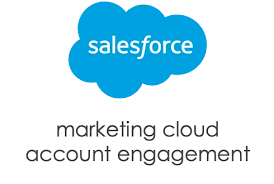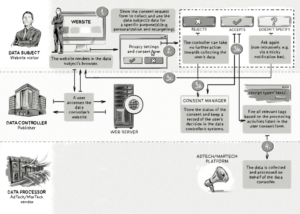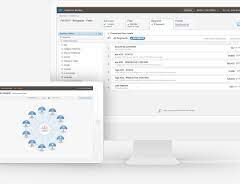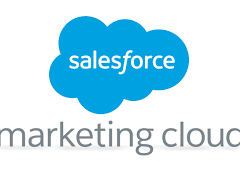What is Audience Builder in Marketing Cloud? Utilizing Marketing Cloud Audience Builder.
Audience Builder in Marketing Cloud dynamically generates targeted audiences from stored contact data, utilizing both attribute and behavioral values. These audiences can then be leveraged to either target specific contacts or exclude them from various activities within Marketing Cloud Engagement.
Key Features and Functionality:
Audiences: A collection of contacts grouped based on specific attributes used when sending messages. These audiences draw information from sendable data extensions, with Audience Builder setting a flag in the header of the data extension to identify it as an audience. Outbound Mail Manager (OMM) utilizes this information to determine the appropriate channel, audience, and segment for engaging contacts with messages.
Usage and Integration: Audience Builder can integrate with lists, groups, or data extensions linked through a common subscriber key or ID. It supports queries performed via the expression builder and recommends using a subscriber key for optimal functionality.
Segments: Segments represent groups of individuals who meet predefined criteria. These can be used for analysis and targeting within audiences, with the option to append attributes to segments and use AMPscript and Server-Side JavaScript for content decisions based on segment assignment.
Reporting: Audiences and segments can be utilized for reporting purposes, with Audience Builder providing a dedicated report in the standard email reports section that breaks down campaign metrics by segment name.
Performance: Each implementation of Audience Builder may have unique performance characteristics. It’s essential to work with the implementation team to understand performance expectations and optimize system performance.
Audience Builder Usage:
Filter Tab: Allows for querying the total population to match subscriber data of interest, either for sending purposes or analytic purposes.
Exclusions Tab: Enables the creation of suppression criteria from the attribute library to remove a subset of contacts from a filtered audience or segment.
Segment Tab: Facilitates segmenting an audience to suppress certain subscribers based on specific criteria.
Audience Publishing: After filtering and segmenting an audience, it can be published as a publish definition for use across various applications within the Marketing Cloud.
Future of Audience Builder:
Salesforce announced the retirement of Audience Builder in 2021, meaning it’s no longer sold to new customers, and existing customers will transition away from the tool. Instead, functionalities like creating audiences for various ad platforms are integrated directly into Marketing Cloud Advertising.
Additional Features:
Creation of Audiences for Advertising Platforms: Advertising Studio allows for the creation of audiences tailored for platforms such as Facebook, Instagram, Google Ads, LinkedIn, Twitter, Pinterest, and Snapchat.
Notification Configuration: Configure notification settings in Marketing Cloud Advertising to receive emails upon completion of audience uploads, refreshes, or in case of errors or other events.
Audience Builder and Contact Builder are two essential tools within Marketing Cloud, each serving distinct purposes in data segmentation and management.
Contact Builder serves as the cornerstone of data modeling within Marketing Cloud. It allows users to define the data structure by establishing relationships between various data extensions. Additionally, Contact Builder enables the creation of populations, organizing data in a manner conducive to campaign execution.
In contrast, Audience Builder focuses on data segmentation. It pulls data from predefined data extensions and applies specified filter criteria to create targeted audience segments for marketing activities.
While Audience Builder is being retired, Contact Builder remains a vital component of Marketing Cloud. Attributes defined in the data model act as fields and are utilized within Contact Builder. Attribute groups, integral to data organization, will continue to function seamlessly despite the retirement of Audience Builder.
In conclusion, Audience Builder serves as a powerful tool within Marketing Cloud, enabling marketers to dynamically create targeted audiences, segment contacts, and optimize engagement strategies based on customer attributes and behaviors. However, with its retirement announced by Salesforce, users are encouraged to explore alternative functionalities integrated into Marketing Cloud Advertising for audience management.












